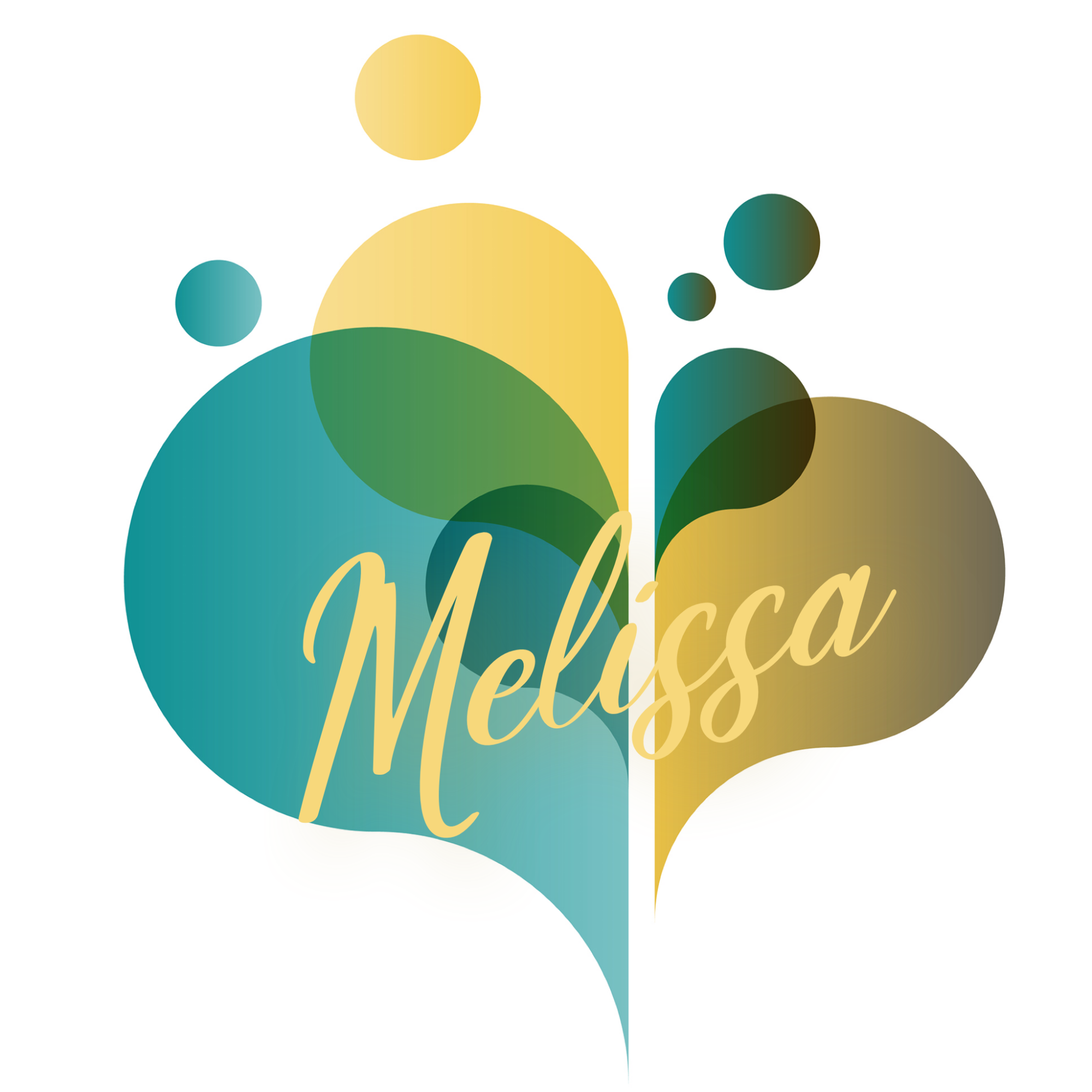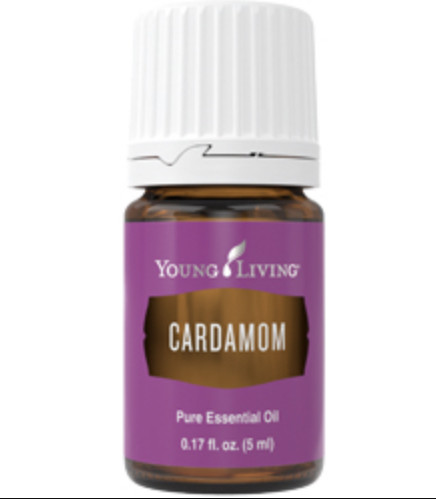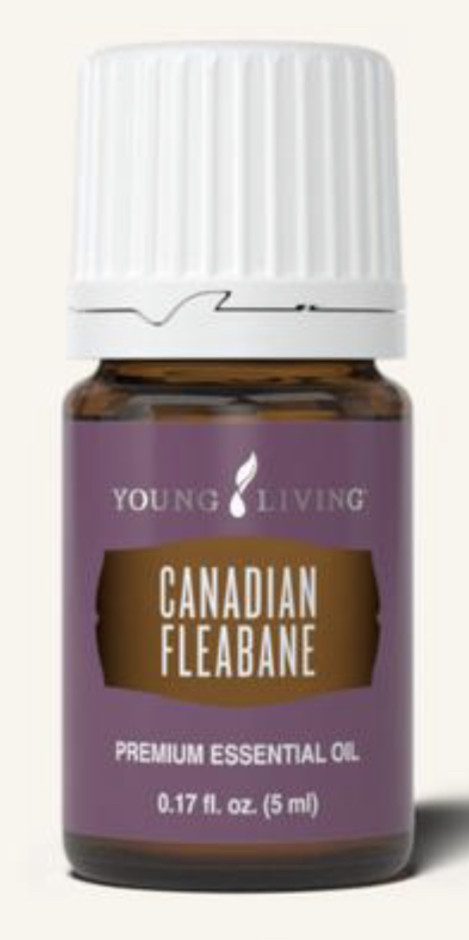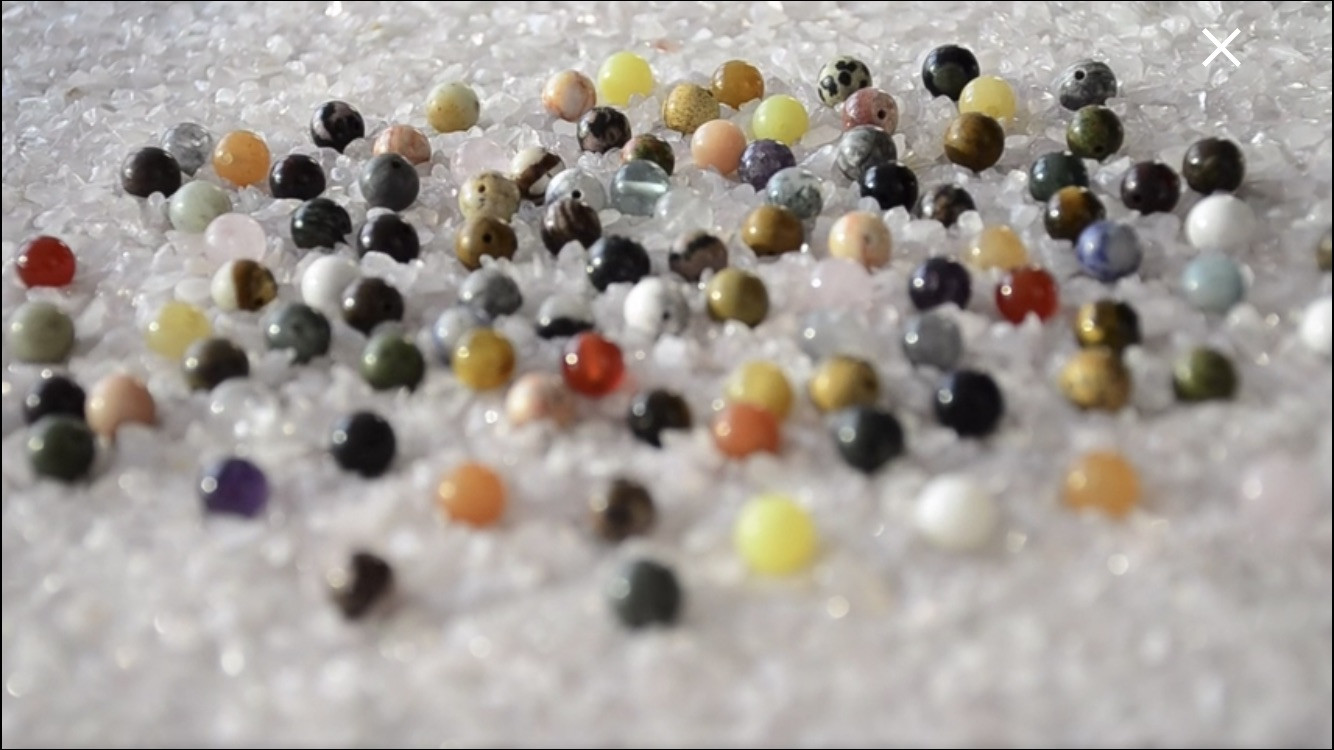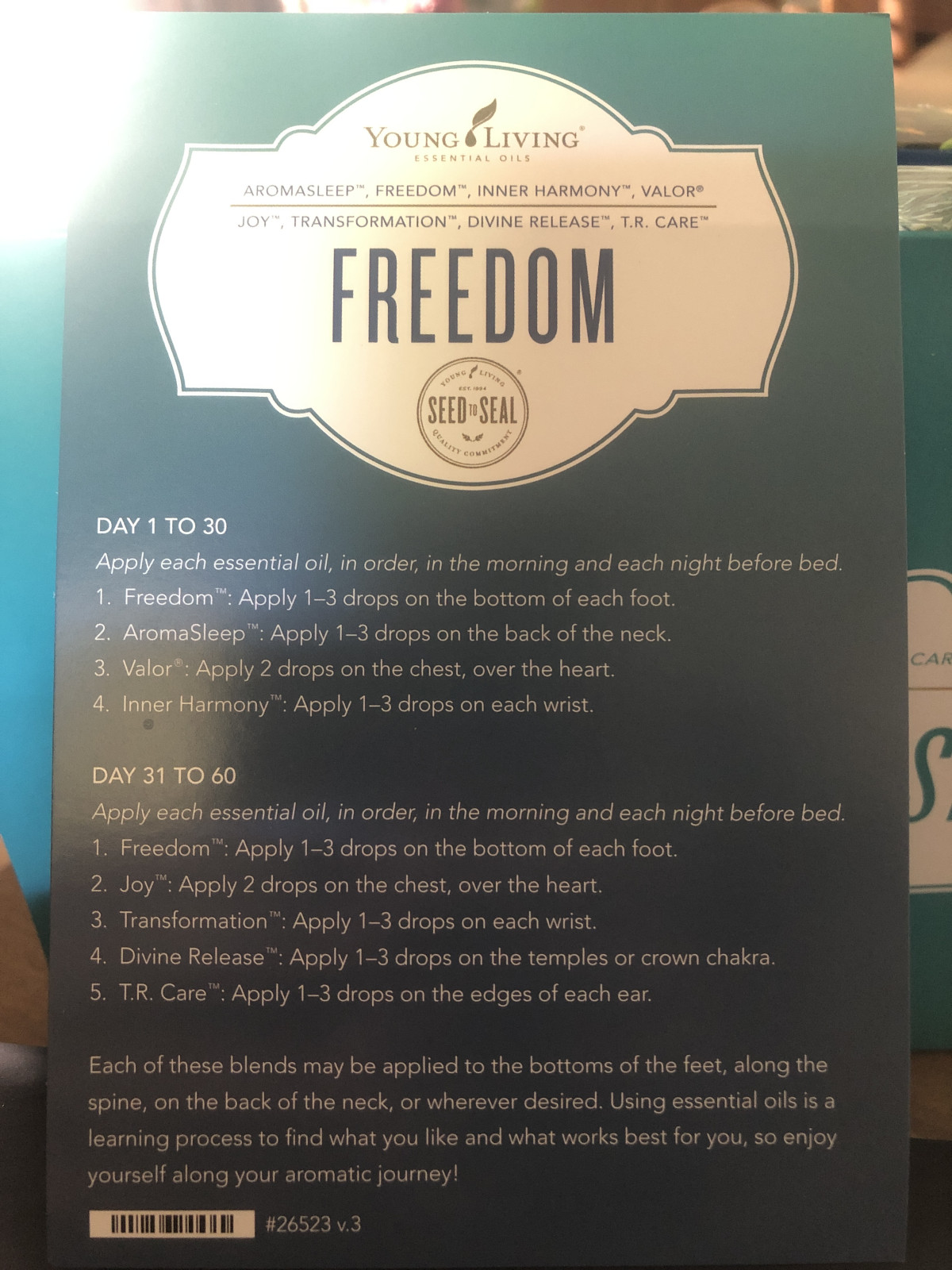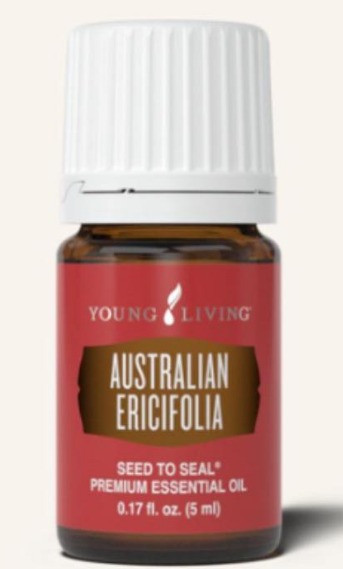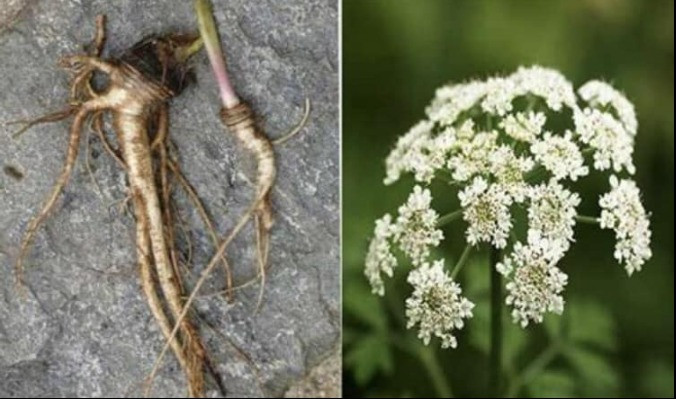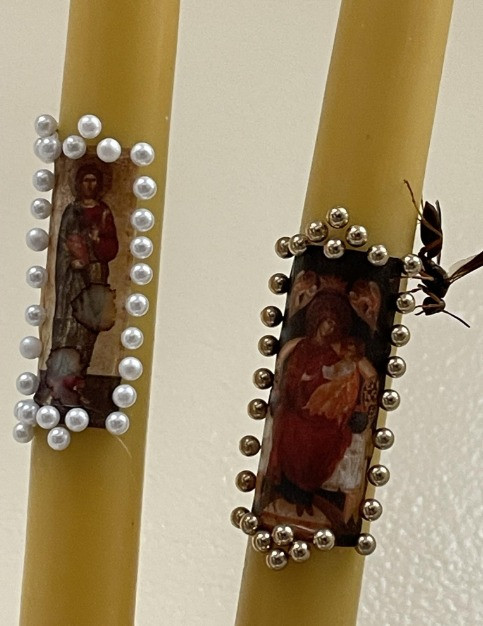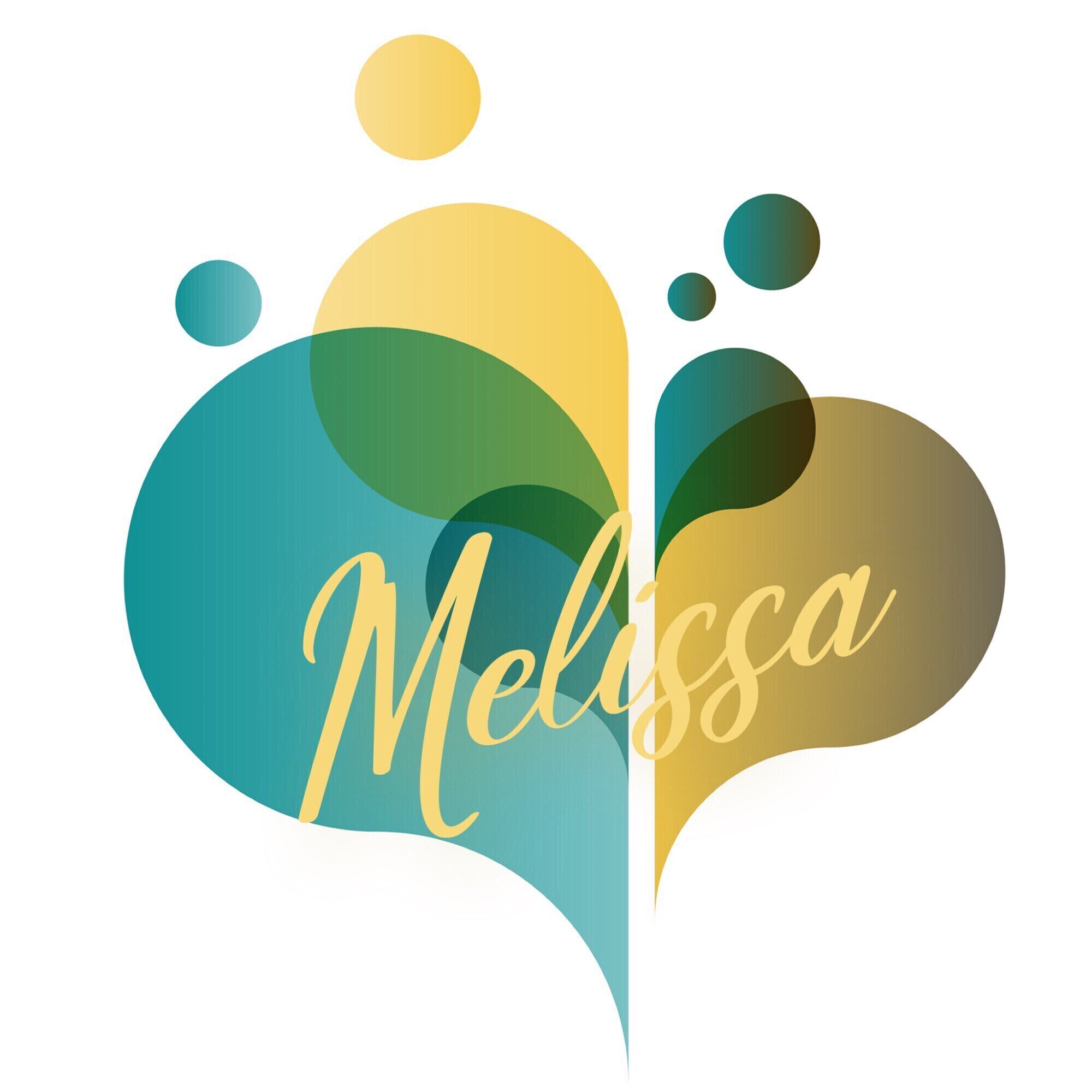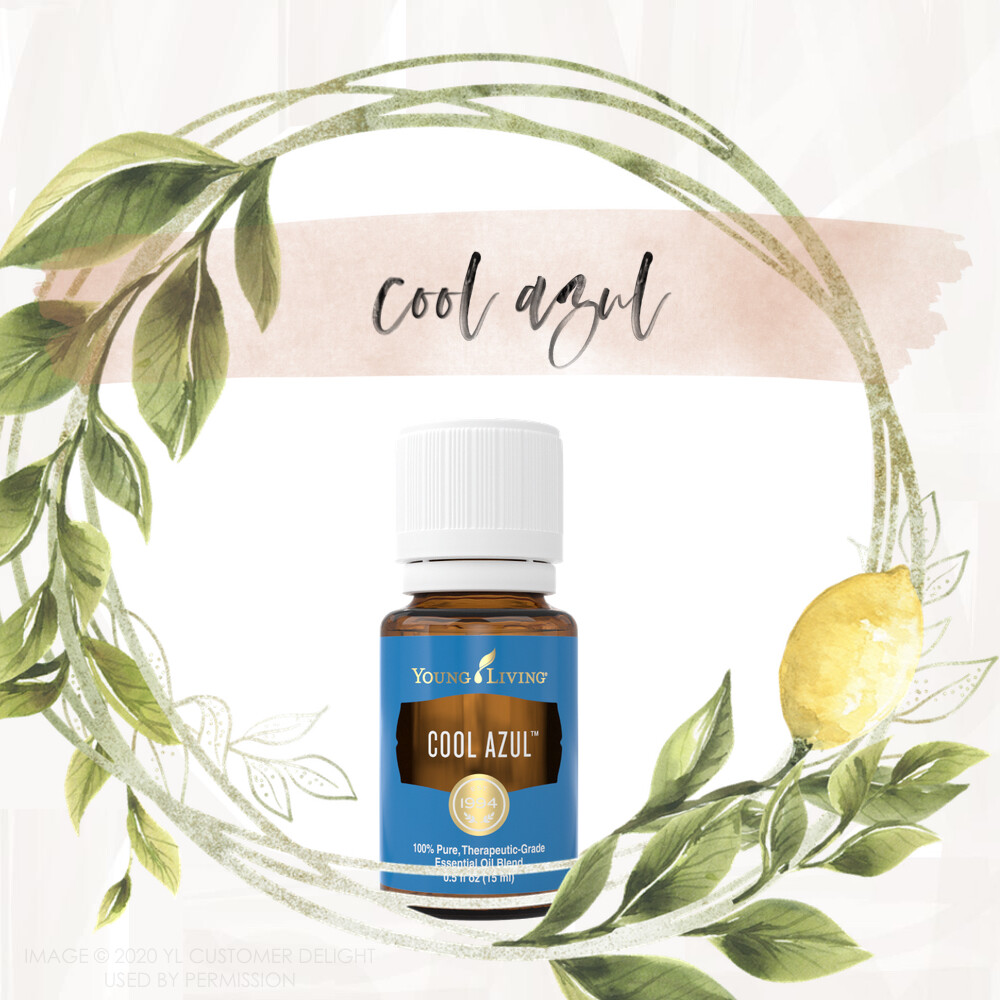
15 ML COOL AZUL - FREE WITH 300PV ORDER
Cool Azul™ is a proprietary essential oil blend created by D. Gary Young that includes the light aroma of Dorado Azul and the warm fragrance of Plectranthus Oregano (both Young Living exclusive oils), along with Peppermint, Wintergreen, Sage, Copaiba, Blue Cypress, Elemi, and other oils. Apply this blend topically for a cool sensation and aromatic experience. Cool Azul is ideal for use before, during, and after physical activities. Attach an AromaGlide™ roller fitment to the bottle and pack it in your gym bag, purse, or backpack for quick and easy on-the-go use.
HISTORICAL USES OF WINTERGREEN
Wintergreen leaves have long been used for its ability to relieve the pain and inflammation associated with rheumatism. Wintergreen leaves were used traditionally by Native Americans and early American pioneers to make a tea used to treat “dysentery, fever, headaches, rheumatism, sore throats, and toothaches.” Both the Mohawk and Iroquois used wintergreen for its pain-relieving qualities. Also, the berries of the wintergreen were eaten raw or cooked in pies by the Native Americans.
HISTORICAL USES OF WINTERGREEN
Wintergreen leaves have long been used for its ability to relieve the pain and inflammation associated with rheumatism. Wintergreen leaves were used traditionally by Native Americans and early American pioneers to make a tea used to treat “dysentery, fever, headaches, rheumatism, sore throats, and toothaches.” Both the Mohawk and Iroquois used wintergreen for its pain-relieving qualities. Also, the berries of the wintergreen were eaten raw or cooked in pies by the Native Americans.
HISTORICAL USES OF PEPPERMINT
Peppermint leaves have been used as a remedy for indigestion since the Ancient Egyptians, and the ancient Greeks and Romans valued it as a stomach soother as well. During the eighteenth century, the herb became popular in Western Europe as a remedy for nausea, vomiting, morning sickness, respiratory infections, and menstrual disorders.
Peppermint was first listed in the London Pharmacopoeia in 1721. In modern times it appears in the British Herbal pharmacopeia as a remedy for intestinal colic, gas, colds, morning sickness, and menstruation pain.
HISTORICAL USES OF SAGE
From 742 AD to 814 AD, Charles the Great ran a reputable medical school in Salerno. In this school, sage was one of 100 plants grown on the property. It was said that he appreciated sage most of all and that even today, it is mandatory to be grown at all monasteries. It was known as the “Salvation Plant” originating from the world “salvarem,” which means “cure.” It was frequently used as a decoction on wounds to stop bleeding, for ulcers, and as a tea for sore throats and hoarseness.
Sage has a very long and rich history due to both its medicinal and culinary uses. In 812 AD, sage was one of the plants deemed so important that Charlemagne ordered it planted on German Imperial farms, no doubt due to the lucrative trade business as well as for its medicinal popularity.
In ancient Rome, sage was considered to have substantial healing properties, particularly helpful in the digestion of the ubiquitous fatty meats of the time, and was deemed a part of the official Roman pharmacopeia. The herb was used to heal ulcers, to help stop the bleeding of wounds, and to soothe a sore throat. The Chinese used sage to treat colds, joint pain, typhoid fever, and kidney and liver issues.
HISTORICAL USES OF OREGANO
In the middle ages, oregano was commonly used for medicinal purposes. They would chew the oregano leaves as a cure for many ailments such as rheumatism, toothache, indigestion, and coughing fits.
During this time, Oregano also made the journey to China. It was also used for medicinal purposes in this region. The Chinese people believed it helped with fever, vomiting, and upset stomach.
During the Elizabethan era, oregano was used for just about anything. It was used to encourage good luck and good health. It was used in spells for happiness, tranquility, luck, health, protection, and letting go of a loved one.
Peppermint was first listed in the London Pharmacopoeia in 1721. In modern times it appears in the British Herbal pharmacopeia as a remedy for intestinal colic, gas, colds, morning sickness, and menstruation pain.
HISTORICAL USES OF SAGE
From 742 AD to 814 AD, Charles the Great ran a reputable medical school in Salerno. In this school, sage was one of 100 plants grown on the property. It was said that he appreciated sage most of all and that even today, it is mandatory to be grown at all monasteries. It was known as the “Salvation Plant” originating from the world “salvarem,” which means “cure.” It was frequently used as a decoction on wounds to stop bleeding, for ulcers, and as a tea for sore throats and hoarseness.
Sage has a very long and rich history due to both its medicinal and culinary uses. In 812 AD, sage was one of the plants deemed so important that Charlemagne ordered it planted on German Imperial farms, no doubt due to the lucrative trade business as well as for its medicinal popularity.
In ancient Rome, sage was considered to have substantial healing properties, particularly helpful in the digestion of the ubiquitous fatty meats of the time, and was deemed a part of the official Roman pharmacopeia. The herb was used to heal ulcers, to help stop the bleeding of wounds, and to soothe a sore throat. The Chinese used sage to treat colds, joint pain, typhoid fever, and kidney and liver issues.
HISTORICAL USES OF OREGANO
In the middle ages, oregano was commonly used for medicinal purposes. They would chew the oregano leaves as a cure for many ailments such as rheumatism, toothache, indigestion, and coughing fits.
During this time, Oregano also made the journey to China. It was also used for medicinal purposes in this region. The Chinese people believed it helped with fever, vomiting, and upset stomach.
During the Elizabethan era, oregano was used for just about anything. It was used to encourage good luck and good health. It was used in spells for happiness, tranquility, luck, health, protection, and letting go of a loved one.
HISTORICAL USES OF LAVENDER
The medicinal uses of lavender date back to 2500 BC. The ancient Egyptians used lavender as a preservative and fragrant perfume. The word Lavender is from the Latin word lavare - which means “to wash”. For centuries lavender has been used for skin ailments. Infusions of lavender were historically used to soothe insect bites, sunburns, and cuts and burns. Queen Victoria was a vocal admirer of the disinfecting properties of lavender and expected her royal residents to use lavender water and distilled oil because she favored it so highly.
The medicinal uses of lavender date back to 2500 BC. The ancient Egyptians used lavender as a preservative and fragrant perfume. The word Lavender is from the Latin word lavare - which means “to wash”. For centuries lavender has been used for skin ailments. Infusions of lavender were historically used to soothe insect bites, sunburns, and cuts and burns. Queen Victoria was a vocal admirer of the disinfecting properties of lavender and expected her royal residents to use lavender water and distilled oil because she favored it so highly.
HISTORICAL USES OF DORADO AZUL
Until 2006, Dorado Azul was recognized only as a weed in it’s native Ecuador. Young Living Founder D. Gary Young gave it it’s the botanical name of Hyptis suaveolens after analyzing the chemical makeup of the plant.
Until 2006, Dorado Azul was recognized only as a weed in it’s native Ecuador. Young Living Founder D. Gary Young gave it it’s the botanical name of Hyptis suaveolens after analyzing the chemical makeup of the plant.
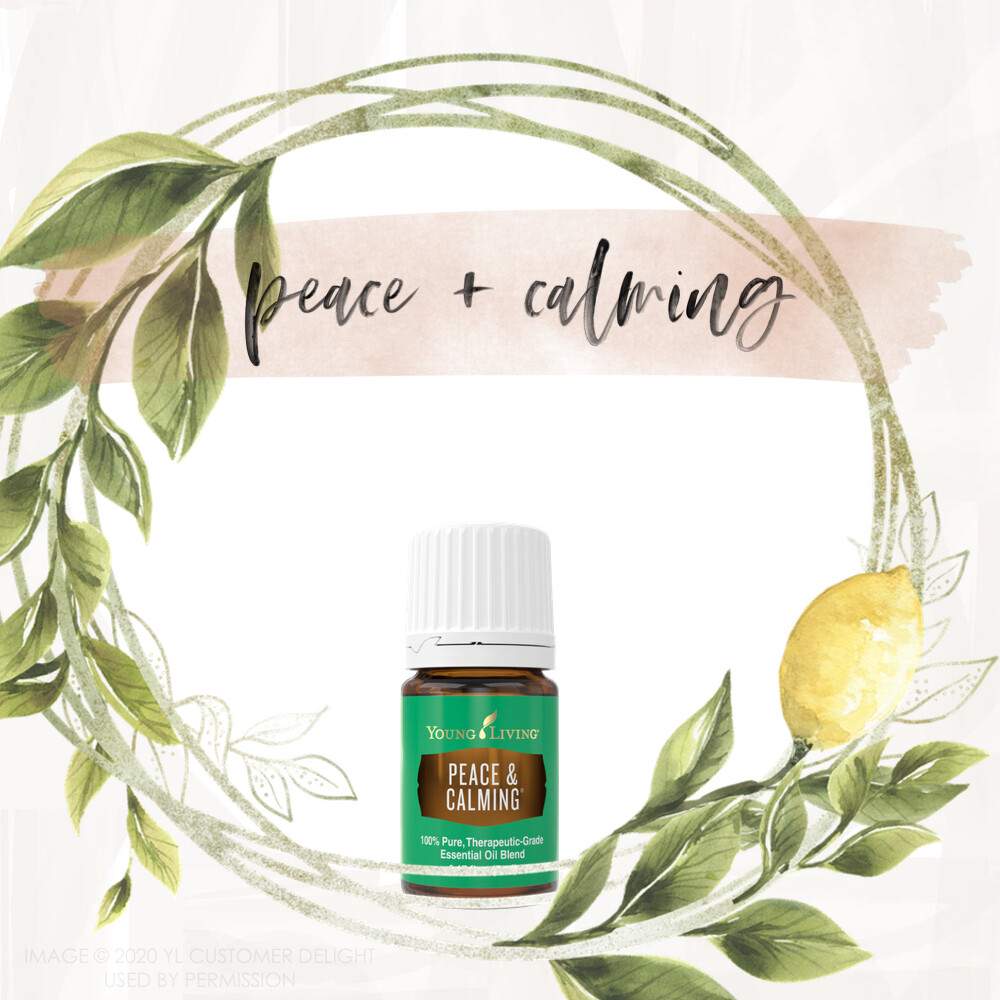
5 ML PEACE & CALMING - FREE WITH 190 PV ER ORDER
Peace & Calming® essential oil is a gentle, sweet blend of Ylang Ylang, Orange, Tangerine, Patchouli, and Blue Tansy. This fragrant oil is a wonderful addition to your meditation, evening routine, or playtime with the kids. With a comforting, fresh aroma, Peace & Calming oil creates a relaxing environment that’s especially great for homes with children. You’ll love that you can use this oil for you children’s bedtime and then for yourself for a moment of quiet after the house has settled down.HISTORICAL USES OF YLANG YLANG
Historically, Ylang Ylang has been used in both the East and the West. In the Philippines, where the flowers grow naturally, ancient healers would make salves and ointments to treat cuts, burns, and insect and snake bites. In the Molucca Islands, people first used the oil as the main ingredient in Macassar oil, a hair pomade that later became popular in Victorian England. In Indonesia, the flowers are spread on the bed of newlywed couples as they are considered to be an aphrodisiac. Ylang Ylang was thought to be an ideal plant to use for PMS.
HISTORICAL USES OF ORANGE PEEL
People have used citrus fruits as a source of medicines for thousands of years. Herbalists have used the rinds as medicine for numerous maladies throughout history.
For hundreds of years, herbalists have used citrus peel to improve digestion, relieve intestinal gas and bloating, and resolve phlegm. This peel acts primarily on the digestive and respiratory systems.
HISTORICAL USES OF PATCHOULI
Patchouli herb has historically been used in the major medical systems of the world. Traditional Chinese and Ayurveda healers prescribed patchouli for both external and internal use treatments for colds, nausea, diarrhea, headaches, and fever. In India, patchouli leaves were historically used as an insect repellent. Patchouli was thought to be both cleansing and fortifying to the skin and was commonly used to help reduce oil on the skin.
HISTORICAL USES OF TANSY
Tansy has a long history of use. It was first recorded as being cultivated by the ancient Greeks for medicinal purposes. In the 8th century AD, it was grown in the herb gardens of Charlemagne and by Benedictine monks of the Swiss monastery of Saint Gall. Tansy was used to treat intestinal worms, rheumatism, digestive problems, fevers, and sores.
During the Middle Ages and later tansy was used to help women conceive and to prevent miscarriages. In the 15th century, Christians began serving tansy with Lenten meals because it was thought to have the added Lenten benefits of controlling flatulence brought on by days of eating fish and pulses.
Tansy was used as a face wash and was reported to lighten and purify the skin. In the 19th century, Irish folklore suggested that bathing in a solution of tansy and salts would cure joint pain.
Today, tansy is still a component of some medicines and is listed by the United States Pharmacopeia as a treatment for fevers, feverish colds, and jaundice.
